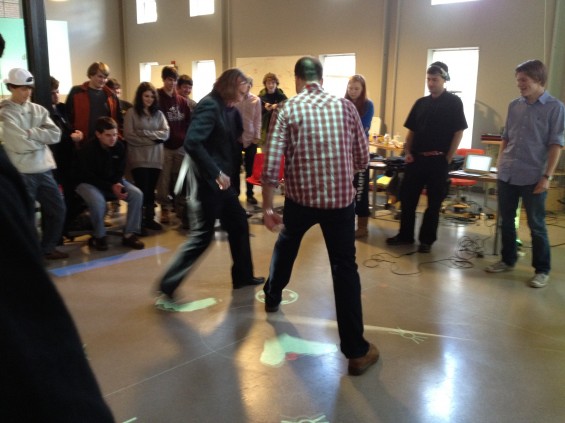
In the "
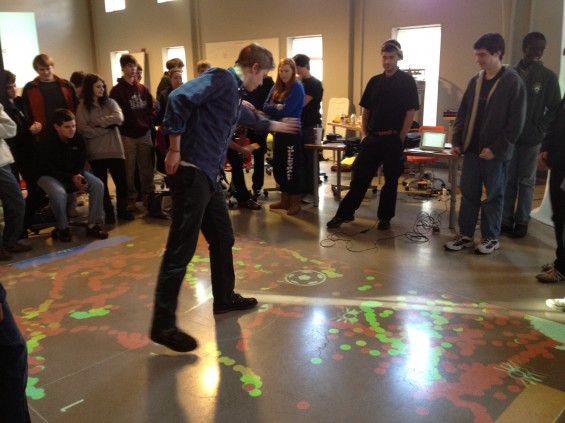
We were both really excited about making it, and we had a handful of good ideas to add upon it, but we knew with only a week to work on it, we would need to pick and choose. It also didnt help that I didnt know much about programming or processing, so we would have to leave most of that up to Liam by himself, which he said he was ok with. I tried to add as much as I could in terms of design and such, and when I wasnt brainstorming or performing small tasks to help Liam along, I would practice small tasks on Processing, which, by the end, I discovered was not as simple to learn as I thought it might be, which at least was confirmed as normal by Liam. I did however manage to make a prototype of the buttons we added to the interface screen, where you could change modes between the draw, soccer, and bug squash functions. The hardest part about the design however, was incorporating the EEG piece to the project. It was pretty much problem after problem with the headset, from lacking the proper libraries, to getting the raw data feed, to actually receiving the data on the program. In the end though, we had a product that everyone loved, as we knew we would get all along. My only hope is that in the next studio, if we use the EEGs again, that they improve in their ability to ACCURATELY read the different frequencies. Im looking forward to the next studio with equal fervor.
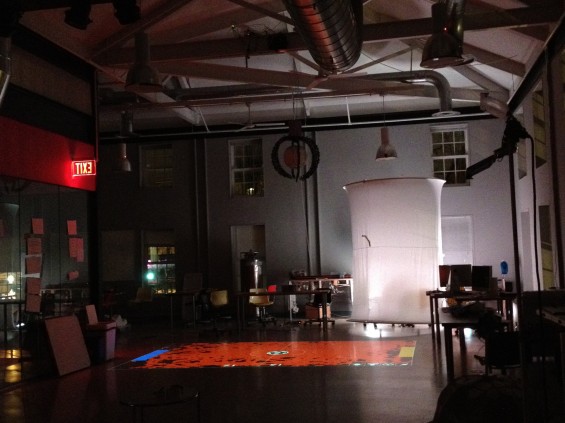
Studio in Review: iMat
by Liam Brady 1/13/12 Im going to say this right now. The iMat is the coolest thing I have ever made, ever. The fact that it shows where people are and allows us to interact with it in such fun ways is just amazing. It was also awesome watching other people be completely distracted from their project because they were playing with the soccer game. But it wasnt all interactivity awesomeness. I wanted to get the Mindwave to associate with a certain person, or blob, which would involve complicated blob tracking. I spent all day last Sunday trying to get it to work, and in the end, I completely gave up because it was too hard. So I just used a blob tracking thing that didnt remember who was where. Oh well. Then we ran into problems with the Mindwave not actually working. These things were experimental to say the least. Syncing issues, accuracy problems, you name it, we had it, so we ended up using Seans computer to run the Mindwave software, and then we had it send the data over the interwebs to the Mac Mini that was the brain of the rig. That worked beautifully, finally.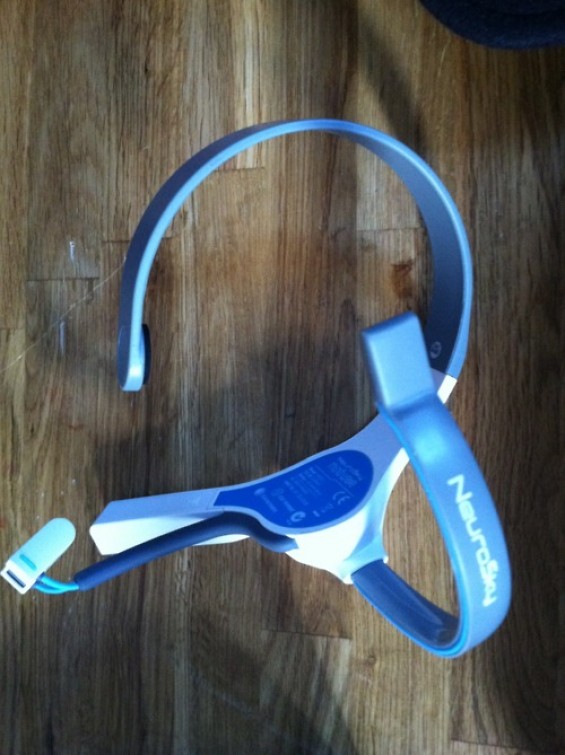
There were three toys in the iMat program: paint (color controlled with brainwave), soccer (goal height controlled with brainwave), and bugs (speed controlled with brainwave). The soccer toy was everyones favorite by far, probably because a lot of people in NuVu play soccer. Yet even though some of them may have been great at soccer, they were awful at virtual soccer. Either that or they were on the side of the field that had the disadvantage. Since the ball collision detection goes from top left to bottom right, during a clash the person on the left would get detected first, so the ball would prefer to go to the right, making it harder for the person playing on the right side.

Getting the paint to leave perfect lines as trails was too hard, since that would involve getting the blob id, and then remembering for each blob where it last was. That would involve the failed blob tracking thing I tried on Sunday. So yeah, thats about it. Presentation went well (will talk about it in the Friday entry) and it was a lot of fun. I will definitely continue expanding this project, either for my final project, or in my spare time.
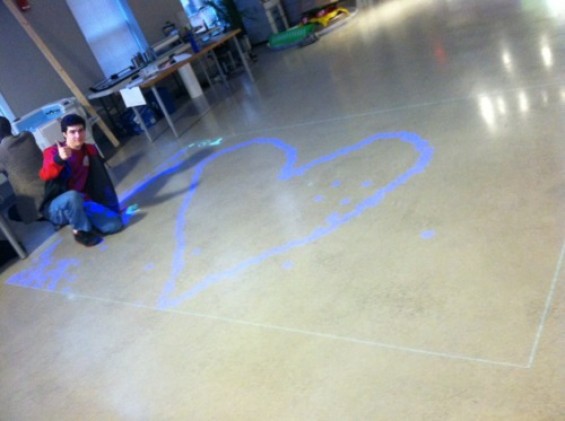
:rotate(0)/p39f1jed4mgd288myquiu5yecweg)